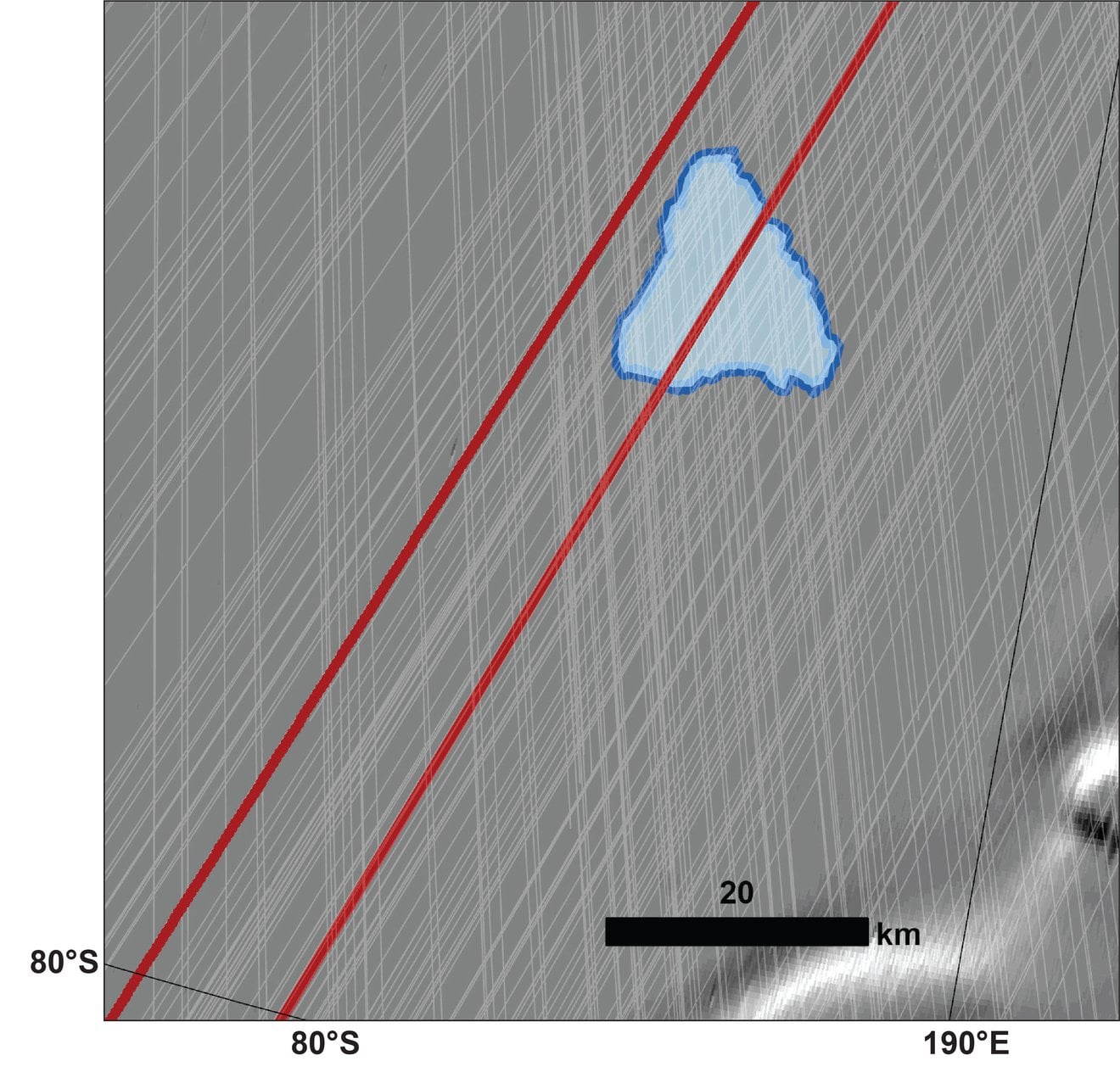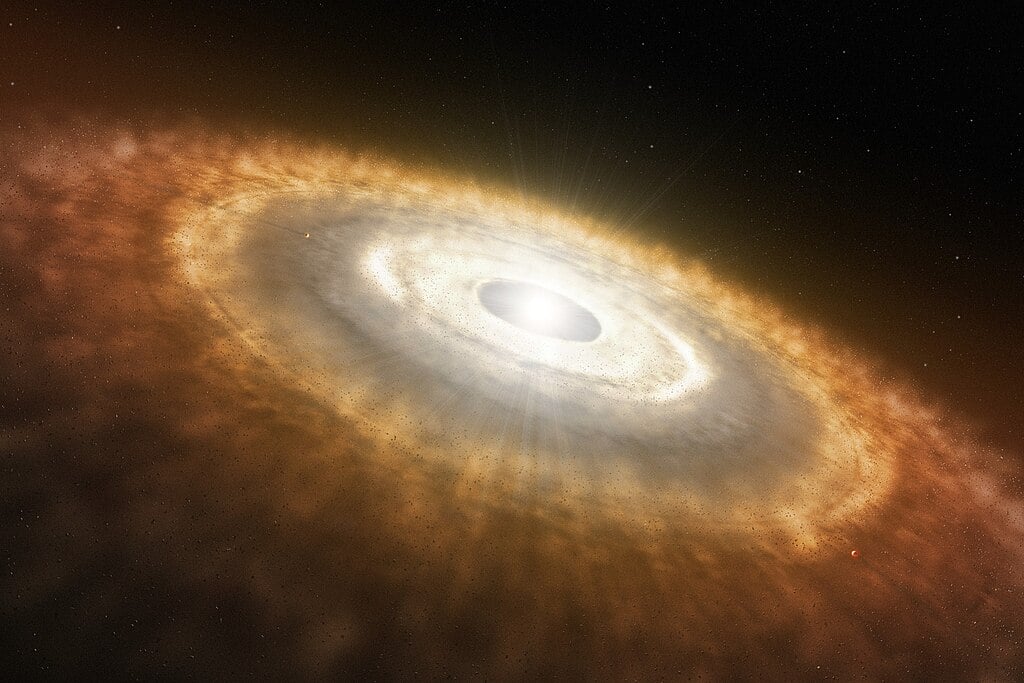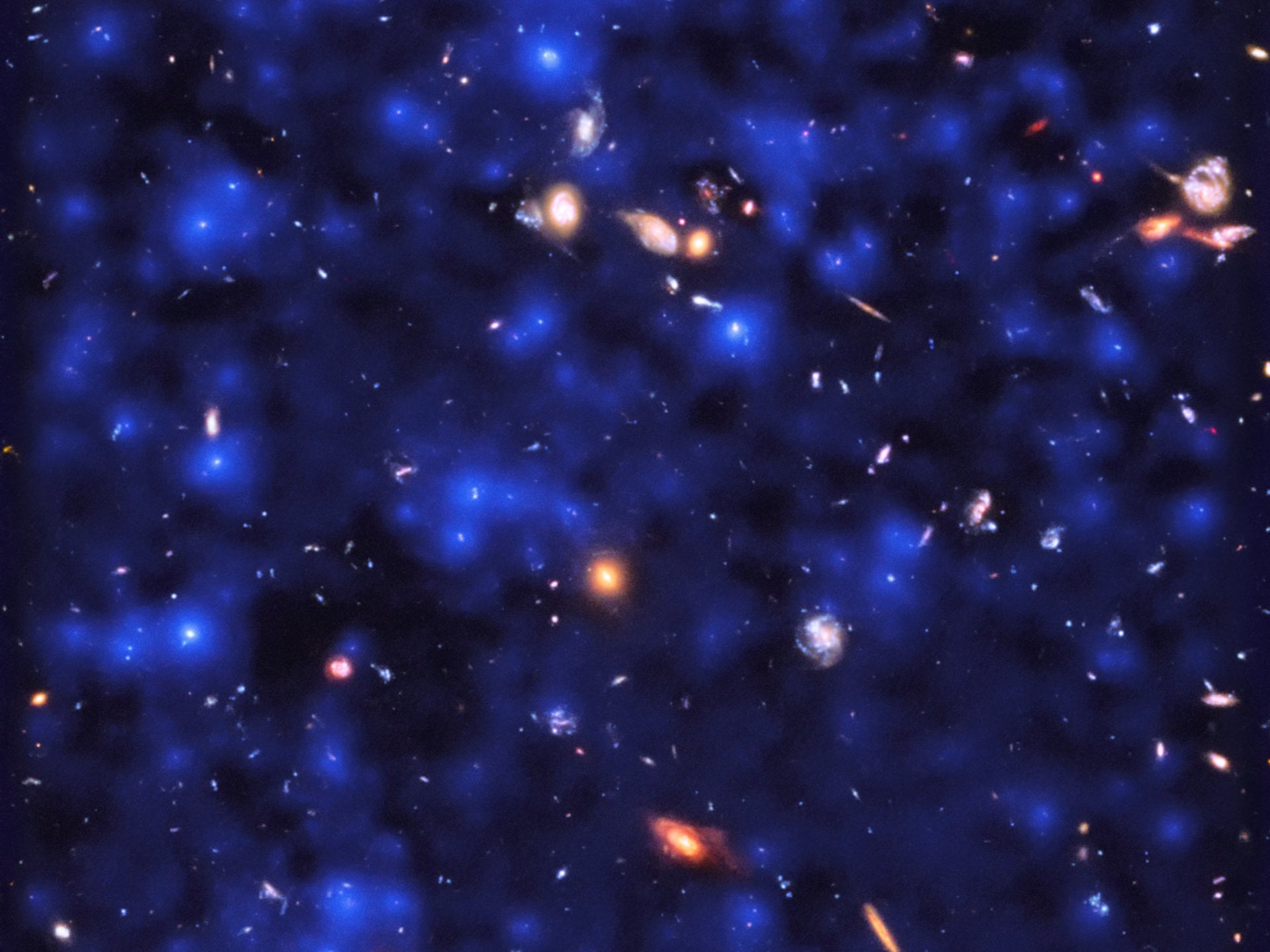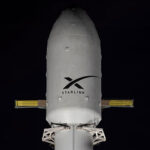Remember back in 2018 when there was a discovery of a briny “lake” underground near the Martian south pole? Pepperidge Farm probably does, and anyone that works there that’s interested
Universe Today3- Page
The complex molecules required for life on Earth might never have formed if it wasn’t for cosmic dust.
There is a period in the Universe known as the cosmic dark ages. It lies between the recombination of the first atoms and the ignition of the first stars, when
Searching for exomoons – moons the orbit around another planet – was one of the most exciting capabilities expected of the James Webb Space Telescope (JWST) when it launched in
What can water in Jupiter’s atmosphere teach scientists about the planet’s composition? This is what a recent study published in the Proceedings of the National Academy of Sciences hopes to
What steps can be taken to improve and enhance the lifetime of space solar cells? This is what a recent study published in Joule hopes to address as an international
Chemical rockets have taken us to the Moon and back, but traveling to the stars demands something more powerful. Space X’s Starship can lift extraordinary masses to orbit and send
What can an ancient supernova teach scientists about Earth and celestial objects? This is what a recently submitted study to Astronomy & Astrophysics hopes to address as a team of
What can equatorial jet streams on gas giant planets teach scientists about gas giant planetary formation and evolution? This is what a recent study published in Science Advances hopes to
A crew of tiny worms will be heading on a mission to the International Space Station in 2026 that will help scientists understand how humans can travel through space safely,
-
 012024 in Review: Highlights from NASA in Silicon Valley
012024 in Review: Highlights from NASA in Silicon Valley -
 02Panasonic Leica Summilux DG 15mm f/1.7 ASPH review
02Panasonic Leica Summilux DG 15mm f/1.7 ASPH review -
 03How New NASA, India Earth Satellite NISAR Will See Earth
03How New NASA, India Earth Satellite NISAR Will See Earth -
 04And Thus Begins A New Year For Life On Earth
04And Thus Begins A New Year For Life On Earth -
 05From Polymerization-Enabled Folding and Assembly to Chemical Evolution: Key Processes for Emergence of Functional Polymers in the Origin of Life
05From Polymerization-Enabled Folding and Assembly to Chemical Evolution: Key Processes for Emergence of Functional Polymers in the Origin of Life -
 06Astronomy Activation Ambassadors: A New Era
06Astronomy Activation Ambassadors: A New Era -
07SpaceX launch surge helps set new global launch record in 2024















